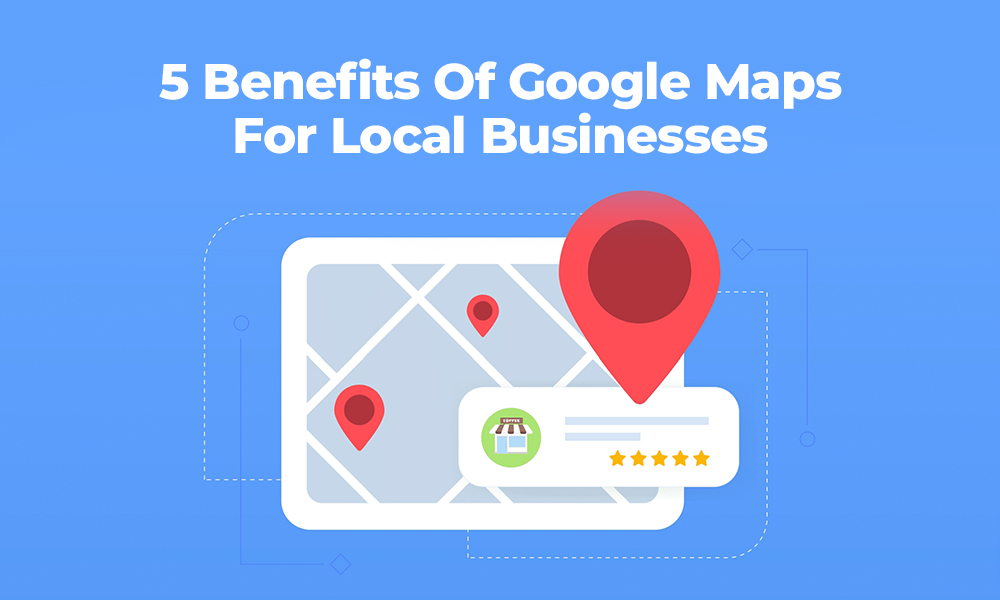
Table of Contents
Step 1: Define the digital marketing strategy’s goal(s).
To begin, you must outline your digital marketing strategy’s goals (intended outcomes). These goals usually interact with the company/aims, division’s and may include:
Increasing the number of visitors to a website by a specific proportion Y/Y
Increasing online revenue/sales by a specific proportion Y/Y
Increasing the overall number of subscribers by a specific percentage Y/Y
Increasing the number of subscribers from free/trial to paid subscriptions by a certain percentage, etc.
Step 2: Define digital tactics/channels that will assist you in achieving your goal(s)
This may appear to be a no-brainer, but coming up with the right balance of methods and digital channels (paid search, email, content marketing, etc.) to help you meet your digital marketing goals while staying within budget is more difficult than it appears. Marketers often believe they can use all of the digital platforms available to them, but you must approach this phase honestly. Developing accurate financial predictions for each channel based on historical or projected performance and sharing them with important internal stakeholders can help you make an objective judgement about which channels will help you stay focused and achieve your objectives.
Step 3: Define your engagement strategy.
Customers and prospects are contacted via email, social media, content, and other digital channels for a variety of reasons. Informational, promotional, continuing engagement, lead generation, direct sales, relationship-based, and other motives are among them. Depending on your audience, the product you’re attempting to sell, the channel, and the final goal, you can utilise a variety of engagement strategies. A direct sales technique combined with educational and other promotional strategies makes sense if the goal is to raise the quantity of sales from an e-commerce site.

Step #4: Create a testing strategy that aligns with the engagement strategy – keeping the goal(s) in mind.
You’re ready to start designing a testing strategy once you’ve defined your strategy, channels, and engagement approach. Individual digital channels will be coupled to testing methodologies. You must first establish all of the testing categories before developing testing procedures for each channel. Subject line, send classification, design/format, content, cadence, and other testing categories could be included in an email testing strategy.
You’ll define the variables in each category you’d like to test after you’ve set your testing categories for each digital channel. Keep in mind that the test variables must be related to your engagement strategy and aid in the achievement of your digital marketing objectives.
After you’ve determined the variables, you can start planning a testing schedule for each marketing channel. For example, if you were creating an email testing plan, you may start at the top of the email and work your way down to the bottom before testing external variables like audience, landing pages, and cadence. If you took this strategy, you could spend two months trying subject lines, two months testing email send classification, two months testing the design/format of your emails, and so on.
You can start easy by A/B testing one variable at a time, or you can test numerous variables simultaneously. A simple A/B test for email subject lines could consist of comparing a subject line with personalisation (using the recipient’s first name in the subject line) to a subject line without personalization.
You can also run numerous tests at the same time (multivariate testing). Multivariate testing’s purpose is to figure out which combination of all potential variations performs the best. When numerous aspects on the same page may be changed at the same time to increase a single conversion goal, such as clicks, form submissions, shares, or sign-ups, multivariate testing might be useful. Multivariate testing, when done correctly, can eliminate the need to run numerous A/B tests in a row, cutting down on the time it takes to find a winning combination.
This algorithm can simply calculate the total number of variables in multivariate testing:
[total # of variations] = [number of variations on component A] X [number of variations on component B].
For instance, if you wanted to test two different photos and two different headlines on a landing page while keeping everything else the same, you’d test four distinct landing pages at the same time:
1st Image + 1st Headline
Headline #1 + Image #2
Headline #2 + Image #1
Headline #2 + Image #2
Both A/B and multivariate testing have advantages and disadvantages. The digital channels you’re testing and the period you have to test determine whether you use one of these approaches or a combination of them.
Here’s a quick rundown of Step #4:
Create a strategy for each digital channel’s testing.
Define each channel’s testing categories.
Define each category’s testing variables (relate to engagement approach and goals)
Make a calendar for testing based on the test categories and factors.
Define the type of test for each channel (A/B, multivariate, or a combination of the two).

Step #5: Establish benchmark and goal KPIs to monitor progress.
Set benchmark and goal KPIs to track the success of your tests, programmes, and campaigns over time. Benchmark KPIs are often established over time by your own programmes. Marketers create goal KPIs based on benchmark KPIs and/or what they want to achieve over a specific time period.
For example, an e-average newsletter’s KPIs from the previous year might be:
The open rate is 18.60%.
CTR of 4.22 percent
CTOR is 22.71 percent.
The opt-out rate is 0.51 percent.
These averages could serve as the e-newsletter program’s benchmark KPIs for the coming year. For the e-newsletter goal KPIs, you’ll want to look at not just the averages from the previous time period, but also a number of data points (i.e., KPI range) to assist you figure out what the KPI objectives should be for the next time period. For example, if you looked at the trends, ranges, averages, and so on of KPIs from the previous time period and found that they were improving at a rate of around 18% per time period, you would want to establish a goal for each KPI to improve by 20% in the next time period.
Step #6: Do it again.
The final phase in a testing strategy is to never be satisfied with the results of your digital channels. If you come across anything that works, keep testing it to improve it. Consumer tastes, technology, algorithms, and user experiences are all evolving at a rapid pace. So, if you simply test for a short period of time and stick with the winner indefinitely, the winner’s performance will gradually deteriorate. Create a new testing timeline and establish new programme goals if you’ve completed your testing timeline and/or met your programme goals.
Always remember to test new, better, and innovative ways to engage your audience, increase performance, achieve your goals, and maintain great customer connections.
If you’re a business owner and would like to benefit from my proven Digital Marketing Consultation services, hit the contact button and we’ll get things moving in no time.
Alternatively, if you’re an SEO novice and would want to learn about which SEO courses that I personally recommend, you might want to read this:
You can also follow me on social media:
https://www.facebook.com/DigitalMarketingConsultantInAhmedabad/
https://www.linkedin.com/in/sanam-munshi/

Sanam Munshi, the driving force behind Collab Lab, is more than just our founder – he’s a digital marketing maestro with 14 years of diverse experience. From playing key roles at top US agencies and SaaS companies to co-founding the Australian digital powerhouse Skyward Digital, Sanam’s career is a journey of breakthrough achievements. His expertise lies in guiding teams to shatter performance records in the most competitive online arenas.
Sanam embraces a simple yet profound philosophy: Embrace change, because it’s the only constant. His positive outlook and wide-ranging experience make him a master not just in business, but in building lasting relationships across industries. At Collab Lab, Sanam does more than manage operations – he nurtures growth, cultivates client partnerships, and steers us towards uncharted territories of success.





